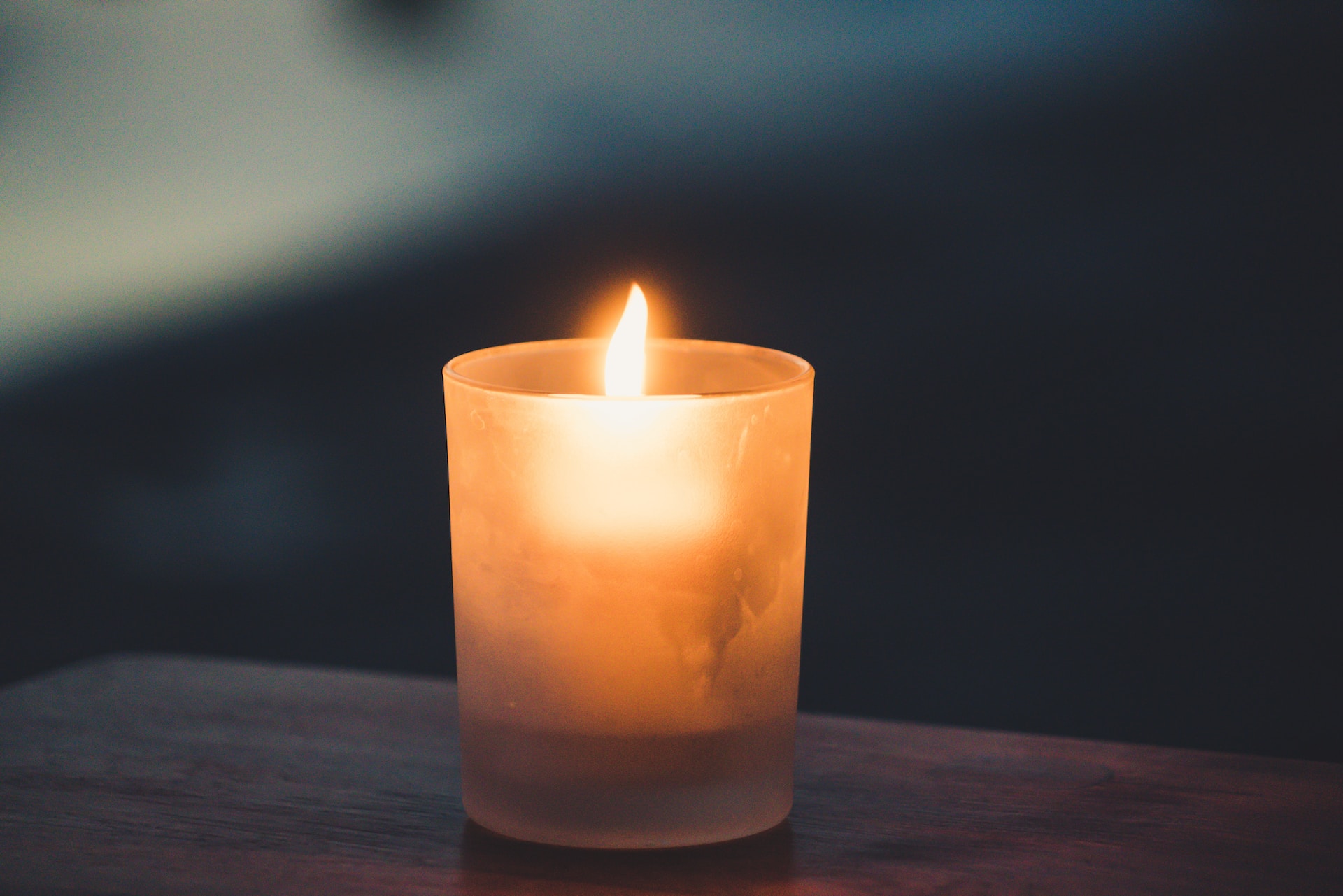Understanding the Role of Wicks in Candle Burning
If you’re an avid candle user, you’ll be familiar with the integral role that candle wicks play in delivering an impeccable burning performance. At its simplest, the wick functions as a fuel pump, supplying wax to the flame. When lit, the heat of the flame melts the candle wax near the wick. This liquid wax is then drawn up the wick, where it vaporizes due to the heat. The emerging vapors are what fuel the flame, ensuring the candle keeps burning.
Thus, the type of wick used considerably influences the burning process. The wick’s thickness, length, and material decide the size and stability of the flame, the quantity of light emitted, and the level of soot produced. Understanding these intricacies can aid in choosing a more environmentally sound wick, aligning with a nature lover’s desire to minimize environmental impact.
Unpacking Cotton Wicks
Let’s understand the world of cotton wicks. Available in an assortment of styles like flat, square, cored, HTP, Performa coreless, LX, RRD series, and the CD series, each comes with its unique benefits and drawbacks.
For instance, while flat cotton wicks offer a significant curl when burning, reducing carbon build-up, cored cotton wicks create a more pronounced flame. However, each wick’s performance can vary drastically depending on the size and type of candle, and the wax used.
Though cotton wicks provide us with a broad range for preferences, it’s critical to bear in mind their environmental impact. However, responsibly sourced and processed cotton wicks can still be an eco-friendly choice.
Introduction to Wooden Wicks and their Unique Features
For a more rustic candle burning ambiance, wooden wicks outclass conventional options. By providing a soothing crackling sound reminiscent of a charming woodfire, they add an extra sensory experience. Plus, wooden wicks usually need less trimming compared to cotton variants, offering a fuss-free candle consumption.
Wooden wicks derive mostly from fruit trees or sappy woods, ensuring an organic and natural basis for candle burning. Their broad flame also imparts a unique aesthetic, diverging from the standard pointed flame of cotton wicks.
Analyzing Environmental Footprint
While comparing cotton and wooden wicks from an environmental standpoint, a few nuances matter. Both have the potential to be sourced responsibly and sustainably, making them green choices.
Cotton wicks, when unbleached and pesticide-free, can cause less harm to the environment. On the other hand, wooden wicks made from sappy wood or sustainably sourced fruit trees can offset carbon emissions, further minimizing their environmental footprint.
Actions Towards Sustainability
Our journey towards a greener earth is also fueled by consumer choices. The first step is understanding our products and their lifecycle right from their source. Choosing sustainably sourced cotton and wooden wicks keeps us on the path to stronger ecological integrity.
Manufacturers should also prioritize sourcing from responsible farmers who practice sustainable cultivation techniques. By choosing these products, consumers not only enjoy the soothing allure of candles but also contribute to the well-being of our planet. Remember, every thoughtful choice aids in building a brighter, sustainable future.




